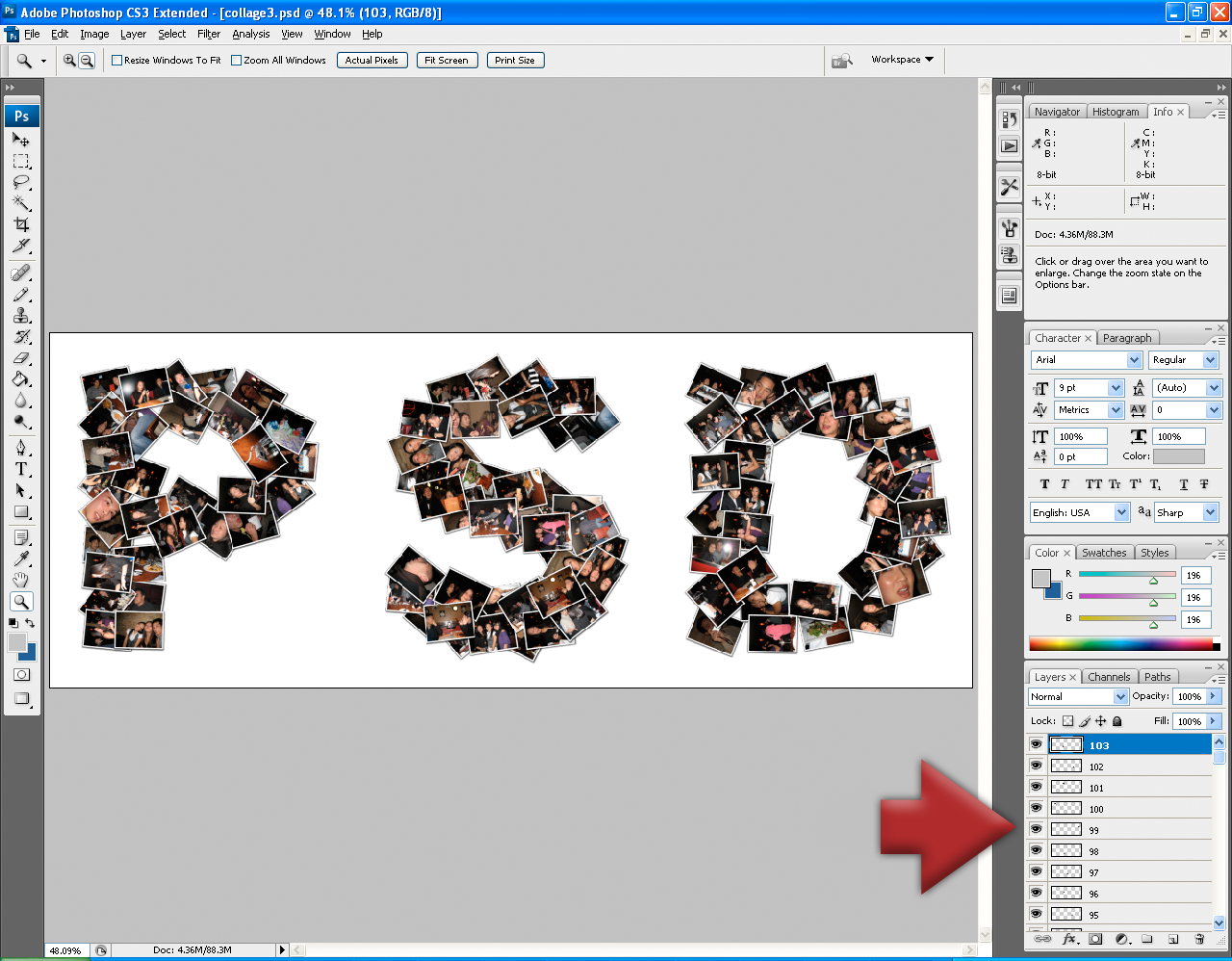

Type V: cell surfaces, hair, and placenta.Type IV: forms basal lamina, the epithelium-secreted layer of the basement membrane.Type III: reticulate (main component of reticular fibers), commonly found alongside type I.Type II: cartilage (main collagenous component of cartilage).Type I: skin, tendon, vasculature, organs, bone (main component of the organic part of bone).


The number of types shows collagen's diverse functionality. All of the types contain at least one triple helix. However, as of 2011, 28 types of human collagen have been identified, described, and divided into several groups according to the structure they form. Over 90% of the collagen in the human body is type I collagen. The name collagen comes from the Greek κόλλα ( kólla), meaning " glue", and suffix -γέν, -gen, denoting "producing". Collagen has many medical uses in treating complications of the bones and skin. Gelatin, which is used in food and industry, is collagen that has been irreversibly hydrolyzed. The fibroblast is the most common cell that creates collagen. Collagen constitutes one to two percent of muscle tissue and accounts for 6% of the weight of strong, tendinous muscles. In muscle tissue, it serves as a major component of the endomysium. Collagen is also abundant in corneas, blood vessels, the gut, intervertebral discs, and the dentin in teeth. It is mostly found in connective tissue such as cartilage, bones, tendons, ligaments, and skin.ĭepending upon the degree of mineralization, collagen tissues may be rigid (bone) or compliant (tendon) or have a gradient from rigid to compliant (cartilage). Collagen consists of amino acids bound together to form a triple helix of elongated fibril known as a collagen helix. As the main component of connective tissue, it is the most abundant protein in mammals, making up from 25% to 35% of the whole-body protein content. Tropocollagen molecule: three left-handed procollagens (red, green, blue) join to form a right-handed triple helical tropocollagen.Ĭollagen ( / ˈ k ɒ l ə dʒ ə n/) is the main structural protein in the extracellular matrix found in the body's various connective tissues.


 0 kommentar(er)
0 kommentar(er)
